Dripping, flinging, rolling, soaking—the Abstract Expressionists did everything academic tradition said not to do with paint.
1945 - 1980

Dripping, flinging, rolling, soaking—the Abstract Expressionists did everything academic tradition said not to do with paint.
1945 - 1980
We're adding new content all the time!
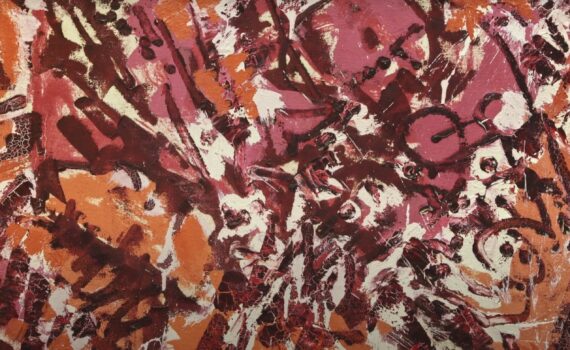
What connects the group of artists who we have come to know as Abstract Expressionists?
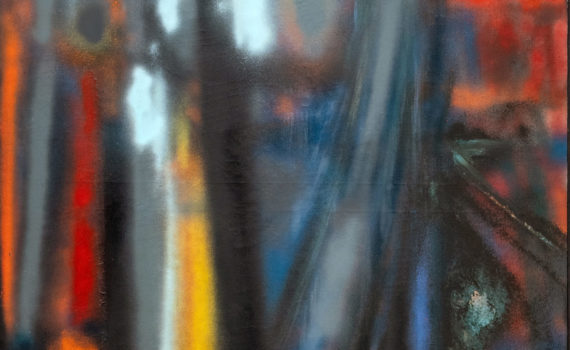
Stripes of industrial spray paint on this canvas recall the industrial city and undersides of highways
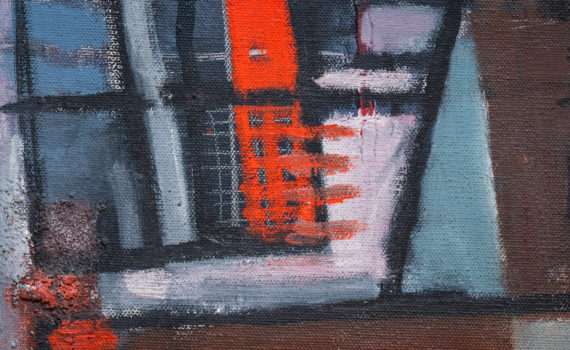
Lewis leaves behind the figure for abstracted fragments at the end of World War II
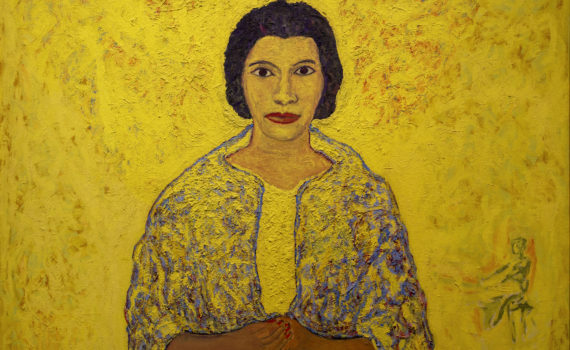
Delaney celebrates the famous opera singer Marian Anderson as a modern icon of Black excellence and civil rights.
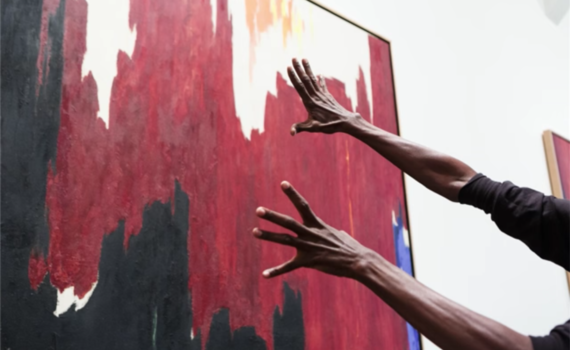
"To use the whole social fabric of our society as a point of departure for abstraction reanimates it, dusts it off."
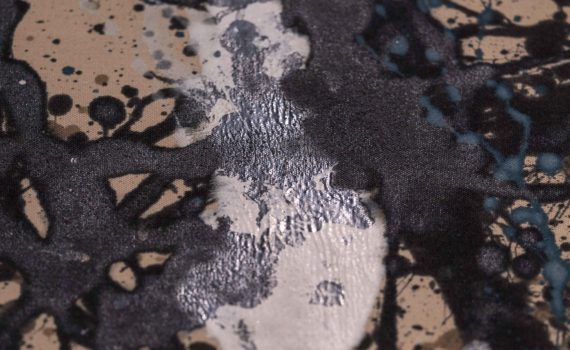
Looking closely at Jackson Pollock's great drip painting, Autumn Rhythm.
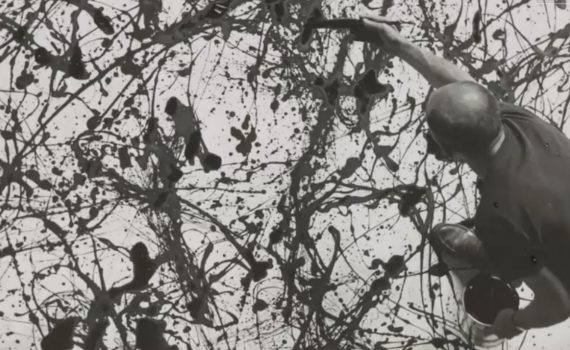
Pollock dripped, flung, scattered, and poured paint on canvases spread out on the floor—but why?
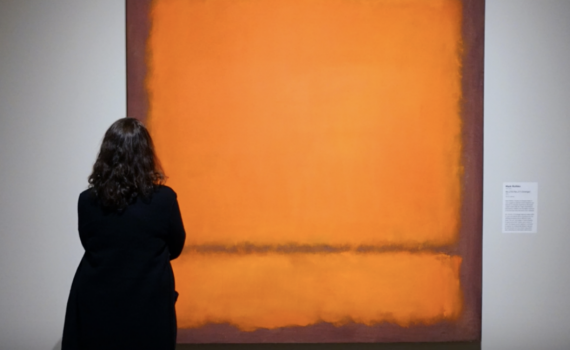
Just because a painting isn’t full of angels doesn’t mean it isn’t spiritual and transcendent.

De Kooning painted image after image on this canvas, continually wiping it down and starting again.
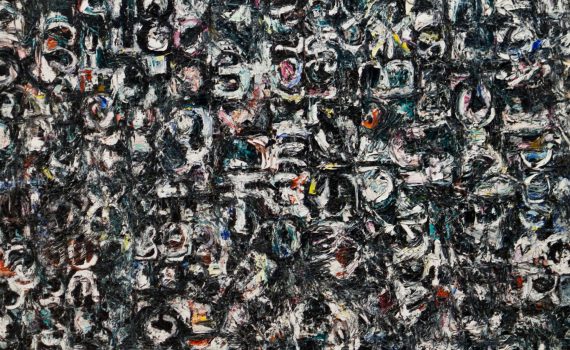
Krasner severed the link between art and the everyday world, making important breakthroughs in abstraction.

Curated Guides are collections of Smarthistory videos and essays curated and organized by leading scholars into strategic pathways for learning and teaching. Check out the 3 types of guides: The Basics, Syllabi, and Thematic Series!
Curated Guides are part of an ongoing effort to make Smarthistory even more useful for educators and learners everywhere. Stay tuned for more updates!